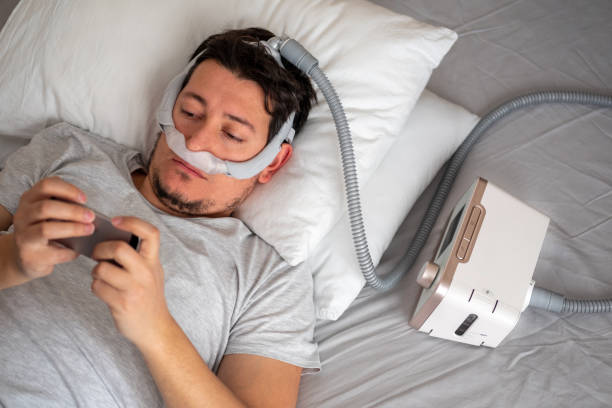
Continuous positive airway pressure (CPAP) machines and nose masks are the standard approach for obstructive sleep apnea (OSA), despite the numerous top supplements for sleep apnea on the market. Nose masks are the most common CPAP masks used, and are ideal for patients that move around in their sleep or need high air pressure settings, as prescribed by their doctor.
This method ensures that airways are always supported by pushing pressurized air into your airway passages (i.e. nose and mouth). Previously, CPAP was only applied with a nasal mask. Nowadays, there are different types of masks, including oronasal (full-face) and oral (hybrid).
Types of Masks for Sleep Apnea
Every sleep apnea case is different, and there are a variety of CPAP masks available to fit each patient’s needs, preferences, and physical attributes. It’s best that you try out different sizes and types to find the right one, as guided by your healthcare provider.
Here’s a look into the three main types of CPAP masks:
Nasal Masks
Nasal masks cover the entire or bottom half of your nose, and rests on the bridge of your nose like a pair of glasses. They extend downwards and seal around your nose, allowing them to push pressurized air into your nostrils. Nose masks are great for people who sleep on their backs or their sides, and for those who don’t want to fully cover their face.

Nasal Pillow Masks
Nasal pillow masks are similar to regular nasal masks, except that they have a low-profile design that typically only fits between your nose and upper lip. They’re fairly unobtrusive, which is why many people prefer them. It’s easier to read or watch television while wearing this style of mask.
Nasal pillow masks are ideal for people who shift sleeping positions through the night. They’re also good for people with facial hair.
Oronasal Masks
Oronasal masks are full-face masks that fit over your nose and mouth, sealing against your chin. Unlike nose masks, these deliver pressured air orally, making them the best type for those who breathe through their mouths.
Oronasal masks securely attach to your face, making it ideal for patients who require high-pressure settings because there’s a lower chance they come loose during the night. That said, it might be uncomfortable for those who don’t like to have their entire faces covered.

The Importance of Mask Selection for CPAP Outcomes
The mask you wear can directly impact the outcomes of your CPAP approach to sleep apnea. This is why it’s crucial to select the right type and size for your condition.
A workshop report from the American Thoracic Society revealed that, in most cases, nasal masks are typically the best option for most patients, despite the prevalence of mouth breathing in OSA patients. The authors highlighted how mask selection affected the management of nasal symptoms in controlled studies, and encouraged patients to actively take the time and effort to select a properly-fitted mask.
Another review noted that most studies showed that oronasal masks are less effective than their nasal counterparts. The paper concluded that oronasal masks–which are often associated with lower adherence and higher CPAP abandonment–can compromise CPAP treatment effectiveness.
Alternative Approaches to Nose Masks for Sleep Apnea
While CPAP may be the go-to method for managing sleep apnea, there are alternative approaches available. These include the use of natural medicine such as marijuana for sleep apnea or other supplement–which you can find in our guide–and more drastic changes, like sinus surgery for sleep apnea. If you’re looking for a new way to deal with your sleep apnea-related issues, be sure to get ideas from our book, Sleep Apnea Solution!



